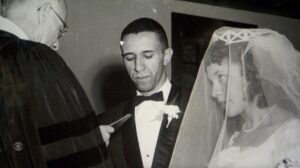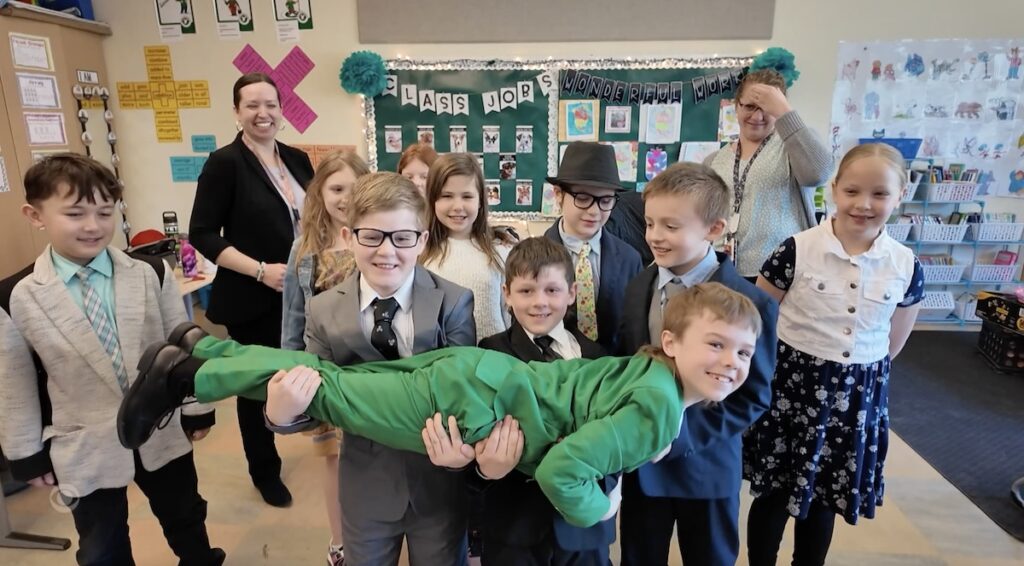
We model our character for other people in everything we do.

Identify and understand emotions, values, attitudes, motivations, mindsets, and personal attributes.
Assess and be sensitive to the feelings and needs of others.
Enthusiastic to understand more about themselves, others, and the world around them.
Fully engaged in the educational process and connected to the school community.
Students will learn about the importance of embracing other people and being models of good character.






K-5
6-12

Educators: Copy the Family Connection and email it to parents, or click here to download a PDF version to email or print.
Watch
Discuss
Use these questions to start meaningful conversations about being a good role model.
(C) 2024 The Ray Center at Drake University is proud to be the home of CHARACTER COUNTS! CHARACTER COUNTS!, the Six Pillars of Character, and Pursuing Victory with Honor are trademarks of the Josephson Institute. CHARACTER COUNTS! was founded by Michael Josephson through the Joseph and Edna Josephson Institute of Ethics.